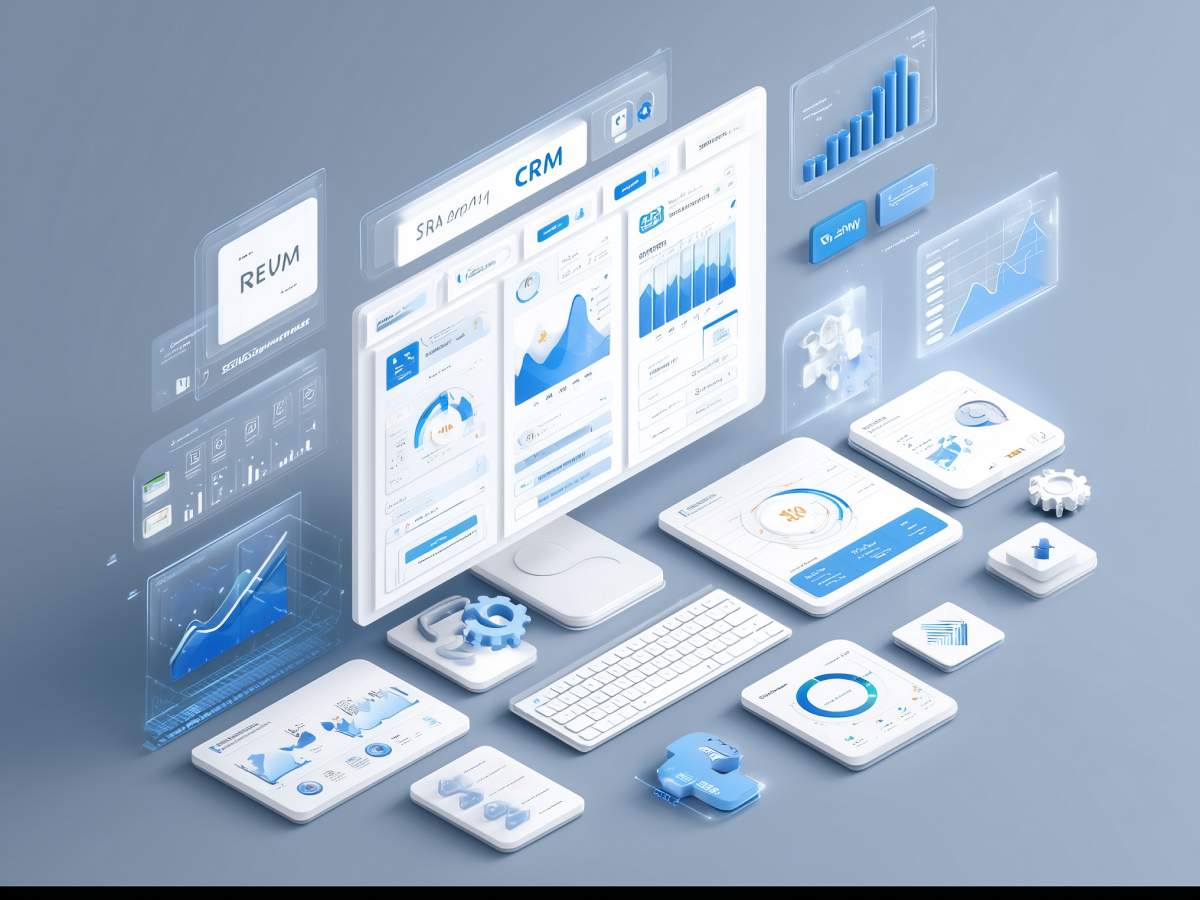Enterprises will transition from chatbots to advanced multi-agent systems
AI is no longer being used to answer simple questions or handle repetitive tasks. It’s evolving into something far more powerful. Multi-agent systems are set to revolutionize how enterprises function. Unlike traditional chatbots that stick to basic scripts, these agents work autonomously—or semi-autonomously—to perform complex, multi-step processes. They can solve problems, streamline operations, and even create solutions.
Think of these agents as highly specialized team members. Google has identified six types of them, each tailored to a specific role. Customer agents can handle inquiries, recommend products, and resolve issues across platforms—voice and video included. Employee agents take care of repetitive tasks, freeing up human teams to focus on what really matters. Then you’ve got creative agents for content generation, data agents for analysis, and code agents that make software development faster and more efficient. And don’t forget security agents either, as they can detect threats and respond quickly, potentially saving millions.
Here’s the challenge: with so many agents working across different systems, things can get messy. Imagine 20 highly efficient workers all talking at once—chaos, right? That’s why “agentic governance” is the next frontier. Enterprises need a unified platform—a single canvas—to coordinate these agents seamlessly. Oliver Parker from Google Cloud described it best: this is about creating an operating layer that improve harmony between different agents and systems.
The issue is that only 10% of large enterprises are using AI agents today. But according to Capgemini, 82% plan to integrate them within three years. That’s an exponential shift.
“If your enterprise isn’t planning for multi-agent systems now, you risk falling behind. It’s the future of intelligent automation.”
Multimodal AI will drive advanced data comprehension and contextualization
Let’s talk about how AI is learning to see the world—not just in words but in pictures, sounds, and even video. This is what multimodal AI is all about. Unlike earlier AI systems that relied on one type of data—usually text—multimodal AI integrates multiple sources of information. It can read a document, analyze a chart, and understand a video, all in one go. That kind of versatility changes the game for businesses.
Take tools like Google’s Gemini 2.0 Flash or Mistral’s Pixtral 12B. These are cutting-edge multimodal systems capable of contextualizing vast amounts of data from diverse formats. The result? Sharper insights and more informed decisions.
The shift is both technical and strategic. Enterprises are no longer betting on a single model to do everything. Instead, they’re deploying specialized AI models tailored to specific needs. This approach has evolved rapidly over the past year. Businesses have moved from testing AI capabilities to crafting detailed roadmaps for scaling them in real-world applications.
And the market potential? It’s staggering. By 2025, the global multimodal AI market is projected to hit $2.4 billion. By 2037, it’ll soar to $98.9 billion. That’s a clear signal for enterprises: multimodal AI is the new standard.
Oliver Parker from Google Cloud highlighted this evolution, pointing out that the focus is shifting from experimentation to widespread deployment. The first half of 2024 was about testing the waters. In 2025, it’s about diving in. The pace of change is breathtaking—and for enterprises ready to adapt, the opportunities are enormous.
Transformative role of AI-driven enterprise search
Searching for information shouldn’t feel like finding a needle in a haystack. Yet, for many enterprises, that’s exactly what it is. Data is scattered across platforms—Jira, Confluence, SharePoint, Box—and finding the right piece can take hours. That’s where AI-driven enterprise search steps in, transforming the process from tedious to intuitive.
Forget keyword-based searches. Modern enterprise search systems powered by AI are multimodal. They can respond to typed queries, understand spoken prompts, analyze images, and even process video. This makes finding the right information faster, smarter, and far more efficient.
Here’s how it works: AI systems break down data silos by connecting disparate platforms. They scan documents, spreadsheets, multimedia files—whatever format your data is in—and deliver actionable insights. It’s understanding information in context and enabling better decisions. Oliver Parker summed it up well: “People’s jobs are really about finding information and taking action.” AI makes that process seamless.
And it doesn’t stop there. These search tools also integrate with conversational AI and agent-based systems, creating a feedback loop of insight and action. Imagine asking your enterprise system a question, receiving the answer, and immediately deploying an AI agent to act on it. That’s where this is heading.
“If your organization struggles with siloed information, AI search is a must-have. The ability to retrieve, contextualize, and act on data will define which businesses lead in the years ahead.”
Final thoughts
How boldly will you embrace AI’s transformative potential. Are you ready to deploy AI agents that act as tireless team members? Will you leverage multimodal AI to see opportunities others miss? The world is moving fast. The real challenge is this: Are you building systems today that will outpace the competition tomorrow?




